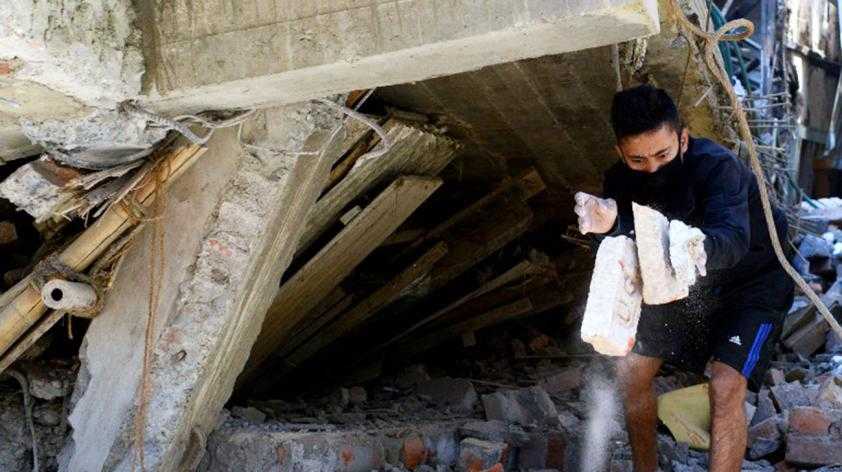Ministry of Home Affairs: 8.2-Magnitude Earthquake May Strike Himalayan Region:
The Union home ministry’s disaster management specialists have warned of a larger tragedy, quakes using a magnitude of 8.2 or greater on the Richter scale which may strike the already ruptured Himalayan area.
This has caused states which might activate multiple quakes that might go up to 8.0 in magnitude.
In a post-Nepal calamity evaluation, the MHA’s National Institute of Disaster Management (NIDM) has warned of increased threat across the “ring of fire garlanding the whole north India particularly the mountains”. This was likewise emphasized at a recent meeting organised by the Center in the capital Itanagar of Arunachal Pradesh where policymakers from 11 hill states worked out and had participated to create a building code that was common for mountains.
The North East and other hill states fall under intense seismic Zone V.
Though some Indian scientists have bookings, but international specialists, conspicuously Roger Bilham, the seismologist of University of Colorado and an authority on the area, are of the view that “the present states might activate at least four quakes greater than 8.0 in magnitude. And when they delay, the strain collected during the centuries triggers more devastating mega quakes.”
Kumar said the Centre has taken measures to sensitise the authorities of all hill states to embrace a common building code that’s distinct from the remainder of India.
Tension has grown in the mountains of northeast since the Nepal quake. Monday’s 6.7 magnitude quake in Manipur reveals the pressure hasn’t been completely released, it’s just become worse. “The collision between the Himalayan plate in the north as well as the Indo Burmese plate in the east and the danger created as a result is the greatest at this moment,” according to NIDM specialists.
India is split into four seismic zones. The active Zone V consists of of the whole of northeast, parts of north Bihar, Uttarakhand, Himachal Pradesh, J&K, Gujarat and Andaman & Nicobar Islands. Delhi comes under Zone IV and is considered as among the high risk regions.
Based on MHA’s own evaluation, the regulatory mechanism in Indian cities that conspicuously figure on the catastrophe map any calamity hitting in any one of these populous cities and are poor would cause enormous casualties.
The UN office for disaster risk reduction (UNISDR), which considers India a precious associate and had even recognized the direction of minister of state for home Kiren Rijiju and made him a catastrophe hazard reduction successful for Asia two months past, has emphasised India’s requirement for compliance with building codes as well as the requirement for an “increased preparedness for effective response to quakes.”
source: via





